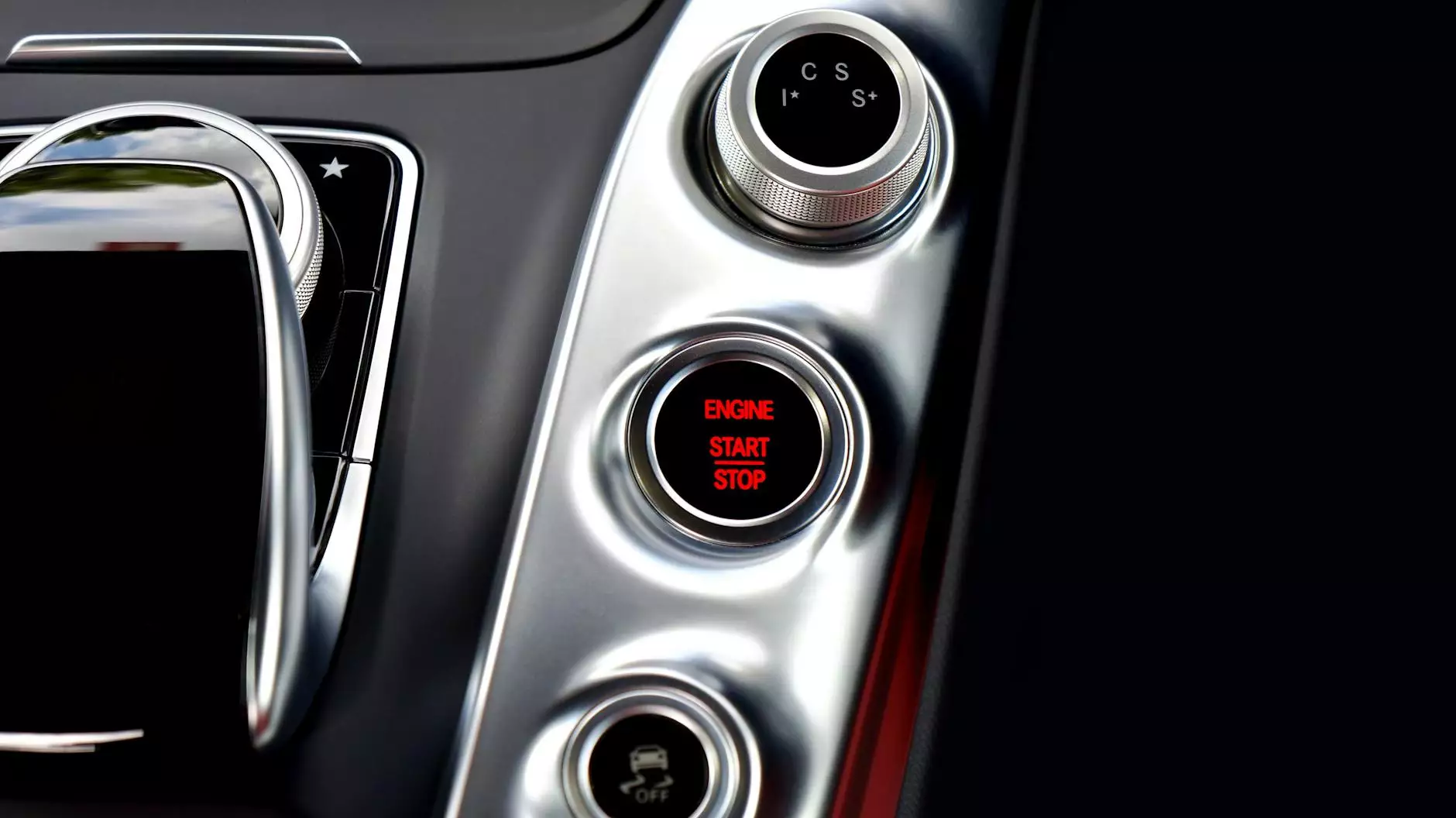How does Anti-Lock Brakes Work?
Auto Repair
Introduction
Welcome to Doral Luxury Motors! In this article, we'll delve into the fascinating world of anti-lock brakes (ABS) and explore how this essential automotive safety feature works. Understanding the mechanics behind anti-lock brakes can enable you to appreciate their role in enhancing vehicle control and reducing the risk of accidents.
What are Anti-Lock Brakes?
Anti-lock brakes, commonly abbreviated as ABS, are a cutting-edge technology designed to prevent wheels from locking up during sudden or hard braking. By automatically modulating the brake pressure, ABS helps maintain traction between the tires and the road surface, allowing the driver to retain steering control even in emergency situations.
The Components of Anti-Lock Brakes
Anti-lock brake systems comprise several key components that work harmoniously to deliver reliable braking performance:
1. Wheel Speed Sensors
Wheel speed sensors, typically located near each wheel, monitor the rotational speed of the tires. These sensors measure the speed and send signals to the ABS control unit, allowing it to detect individual wheel lock-up and intervene accordingly.
2. ABS Control Unit
The ABS control unit serves as the brain of the system. It receives input from the wheel speed sensors and determines if any of the wheels are at risk of locking up. Based on this information, it sends commands to the modulator valves to control the brake pressure.
3. Modulator Valves
The modulator valves are responsible for regulating brake pressure to each wheel. Through rapid adjustments, these valves modulate the pressure, preventing wheel lock-up while ensuring maximum braking force. By varying the hydraulic pressure, ABS optimizes brake performance for each wheel independently.
4. Hydraulic Pump
The hydraulic pump, often integrated with the ABS control unit, ensures a steady supply of brake fluid to the modulator valves. It maintains the necessary pressure required for ABS operation, allowing the system to respond quickly and effectively during braking events.
How Does ABS Work?
When a wheel is on the verge of locking up during braking, the anti-lock brake system immediately kicks into action to prevent it from doing so. Here's a step-by-step breakdown of how ABS works:
Step 1: Wheel Speed Detection
The wheel speed sensors continuously monitor the rotational speed of each tire. If a wheel's speed decelerates significantly, indicating a potential lock-up, the ABS detects this anomaly and moves to the next step.
Step 2: ABS Activation
Once the ABS control unit detects an imminent wheel lock-up, it triggers the activation of the modulator valves and hydraulic pump to intervene in the braking process. This happens in a matter of milliseconds, ensuring swift response times.
Step 3: Brake Pressure Modulation
The modulator valves in the ABS system begin to rapidly modulate the brake pressure to the affected wheel(s). By repeatedly decreasing and increasing brake pressure, they prevent the wheel(s) from locking up while maintaining the maximum possible braking force.
Step 4: Traction Retained
By actively modulating brake pressure, ABS ensures that the tires maintain traction with the road surface. This ability allows the driver to steer the vehicle even under hard braking, reducing the chances of skidding and loss of control.
The Benefits of Anti-Lock Brakes
The inclusion of anti-lock brakes in modern vehicles has proven to be a revolutionary advancement in automotive safety. Here are some key benefits:
1. Enhanced Vehicle Control
ABS enables drivers to maintain control over their vehicles during emergency braking situations, reducing the risk of collisions. By preventing wheel lock-up, it allows for steering inputs to be effective, maximizing the driver's ability to navigate obstacles.
2. Shorter Stopping Distances
Anti-lock brakes significantly reduce stopping distances, particularly on slippery surfaces. By preventing the wheels from skidding, ABS optimizes the contact patch between the tire and the road, maximizing braking efficiency.
3. Improved Stability
With ABS, vehicles are less likely to experience hazardous skids and fishtails. The system aids in maintaining stability, especially when braking on uneven surfaces or in adverse weather conditions.
4. Minimized Risk of Accidents
By preventing wheel lock-up and promoting vehicle stability, ABS helps minimize the risk of accidents. This technology has saved countless lives and continues to be an essential feature in modern vehicles.
In Conclusion
Anti-lock brakes are a fundamental safety feature that significantly enhances vehicle control and prevents wheel lock-up during braking. By understanding the mechanics and benefits of ABS, drivers can appreciate its role in maximizing safety on the road. At Doral Luxury Motors, we prioritize your safety and offer vehicles equipped with advanced anti-lock brake systems. Drive with confidence knowing that ABS technology is working tirelessly to keep you safe.




